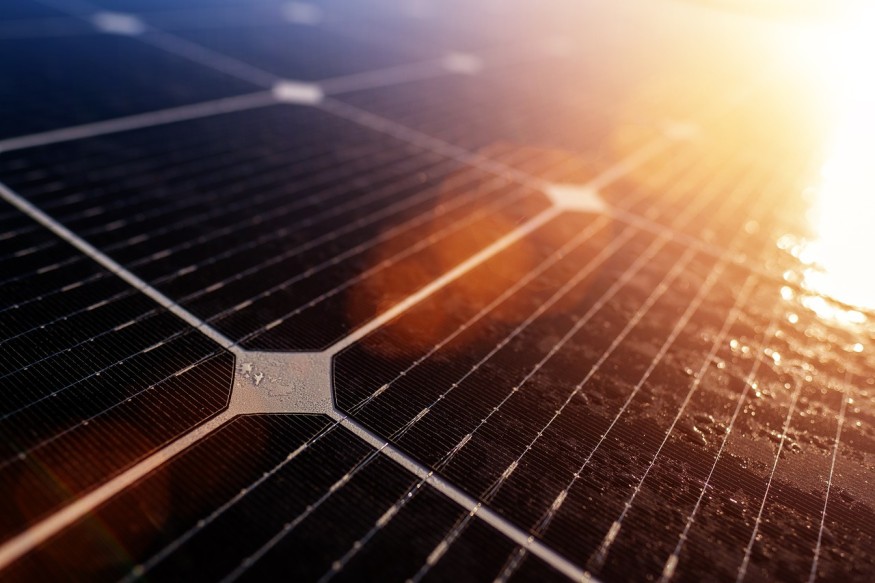Solar panels are usually found in solar farms or on roofs of buildings, where they generate more solar energy. But the advancements in solar panel technology have allowed buildings to use them all over their facades to capture more sunlight and generate more energy.
However, onlookers looking at them are underwhelmed because of their monotonous black color. So, scientists have created colorful solar panels while still producing solar energy as efficiently as traditional ones.

Solar Panels Are no Longer Just For Rooftops Anymore
The price of electricity generated by renewable sources has plummeted by 89%, down from $359 per MWh in 2009 to $40 in 2019. According to Forbes, this is driven by the decreasing cost of producing photovoltaic modules and the various storage technologies that support them.
More so, photovoltaic panels made from crystalline silicon have become more efficient as companies produce them with conversion efficiencies of >22%. That has made solar energy worth harvesting.
Obviously, rooftops are the obvious choice for urban solar panel installations as they are a sizable resource and represent a total of 15% to 35% of the total land area in a city. However, their availability means they are slated for other purposes, such as a vegetable garden or leisure area.
Also, some architects describe conventional arrays as an "eyesore" or pretty ugly" that makes the adoption of solar panels more of a challenge. So, a solution scientists found is to transform the building into a giant photovoltaic generator, also known as building-integrated solar power (BIPV), which can be installed for roofing called photovoltaic shingles or could also be facades in buildings.
SunStyle said on their website that BIPVs serve as dual-purpose construction materials to produce clean electricity and act as an exterior climate screen of a structure. Structurally, BIPV materials replace some elements of the building's structure, but aesthetics is still important, so scientists continue to improve solar panels by giving them color.
Colorful Solar Panels
In the study titled "High-Efficiency, Mass-Producible, and Colored Solar Photovoltaics Enabled by Self-Assembled Photonic Glass," published in ACS Nano, researchers described how they created colorful solar panels that still function like the traditional ones but make them more attractive to onlookers.
Solar panels are usually black because they absorb sunlight, unlike the red sports car that reflects light. That means using color in making solar panels could hinder their ability to absorb light and generate electricity. Previous strategies take advantage of microscopic shapes but give them undesirable iridescence and are more expensive to implement.
Colorful solar panels could make the technology more attractive
— Bioengineer.org (@bioengineerorg) August 15, 2022
Read more: https://t.co/QMPkeBbATM pic.twitter.com/kVXy7R9g7z
Unlike previous strategies, the new technology researchers developed is better. The American Chemical Society (ACS) reported that the team used a structural material that is inexpensive and easier to apply color while still maintaining their ability to produce energy efficiently.
They sprayed a thin layer of photonic glass onto the surface of solar cells. The photonic glass is made of a thin, disorderly layer of dielectric microscopic zinc sulfide spheres that allow selective colors to reflect on the spheres as light passes through; through this, researchers were able to create blue, green, and purple solar panels while only dropping the efficiency of energy generation from 22.6% to 21.5%.
Lastly, the team found that the color and performance of these solar panels were maintained during standard durability tests. They plan to explore more ways to make colors saturated to achieve more range of colors.
RELATED ARTICLE: Transparent Solar Cells Will Soon Make On-Site Energy Generation Possible
Check out more news and information on Energy in Science Times.
© 2026 ScienceTimes.com All rights reserved. Do not reproduce without permission. The window to the world of Science Times.










